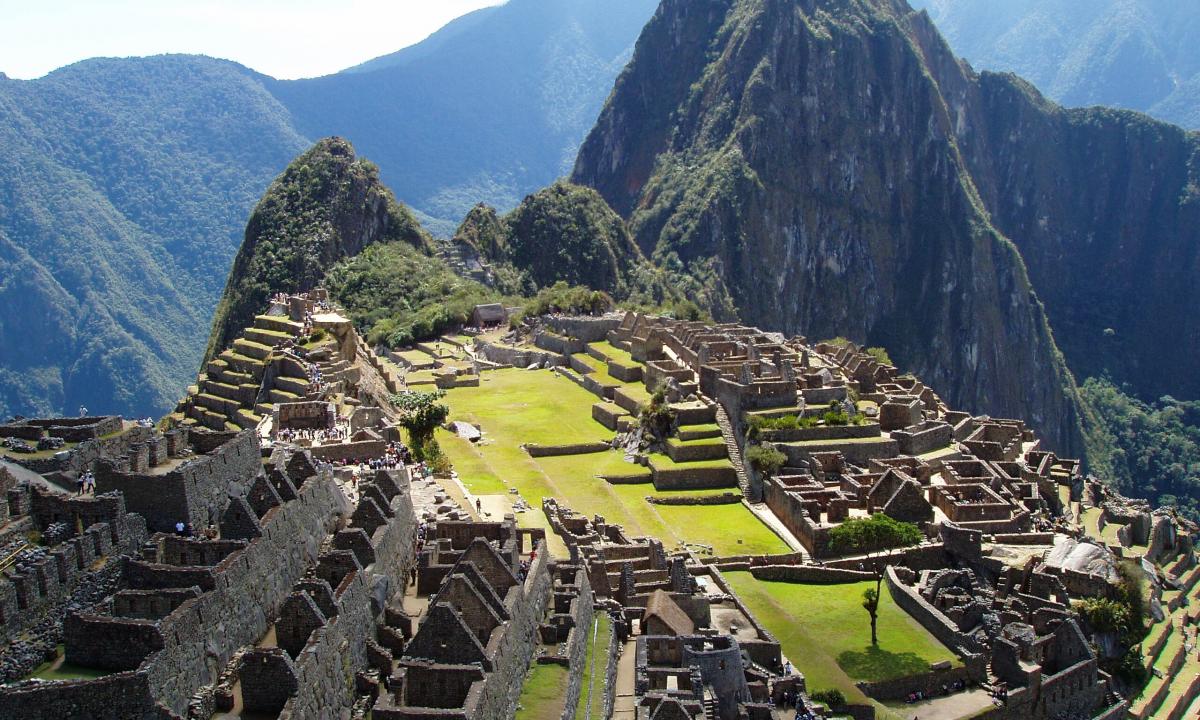Picchu (in translation old top) is the lost city of Inca. The ancient city is in Peru at the height of 2057 meters above sea level at ridge top. The city was used as a sacred shelter. In 1440 it was built by one of governors of Inca (Pachakutek). In 1532 the Spaniards intruded in possession of Inca. The city was not destroyed, but still remains a riddle where Inca disappeared and why the city became empty. There is an assumption that Machu Picchu was the winter residence Pachakuteka, and after occupation of the empire, the population of the city left from there forever.
Machu Picchu is the town which consists of only 200 constructions: warehouses, temples, residences, etc. Lodges are made of stone plates which are closely enclosed to each other. About 1200 people who cultivated crops on flat terraces around the city lived in the city. In temples the Inca worshipped god of the sun Inti.
The city was found by the American scientist from Yale University in 1911. Here already there lived peasants and other tourists who drew the initials on stone plates visited.
Machu Picchu has accurate zoning. In the southeast, palace constructions are located. Stones of these designs are more carefully processed, more, than plates of other buildings. To the West the main temple with an altar for sacrifices is located. In the east there is a residential quarter covered with two-storeyed lodges. Through the city there pass very narrow small streets which come to an end with either deadlocks, or the hanging terraces. In the southeast of Machu Picchu there is a big semicircular tower. At rock top near Svyashchennaya Square the big polygonal stone of Intiuatan – the place where the sun is attached is located. Here Inca bound the sun that it did not escape from them during a winter solstice. Also assume that it was also the place of definition of time of crops and harvesting.
Read on Lifegid: Pyramids of Teotihuacan.
According to experts to build the city at such height, the unprecedented skill is necessary. More than a half of efforts would leave on a drainage, preparation of the site and laying of the base. Already more than 500 years retaining walls and terraces hold the city at top, without allowing it to fail from rocky eaves.
The road from Machu Picchu to Cuzco – a masterpiece of road construction. Even during rains it in a fine state. The empire was covered with numerous communications which length reached about 40,000 km. Roads bore strategic function – on them troops moved. Besides, they promoted cultural exchange of crafts between the cities: weaving, ceramics, architecture, construction, processing of metals, etc.

